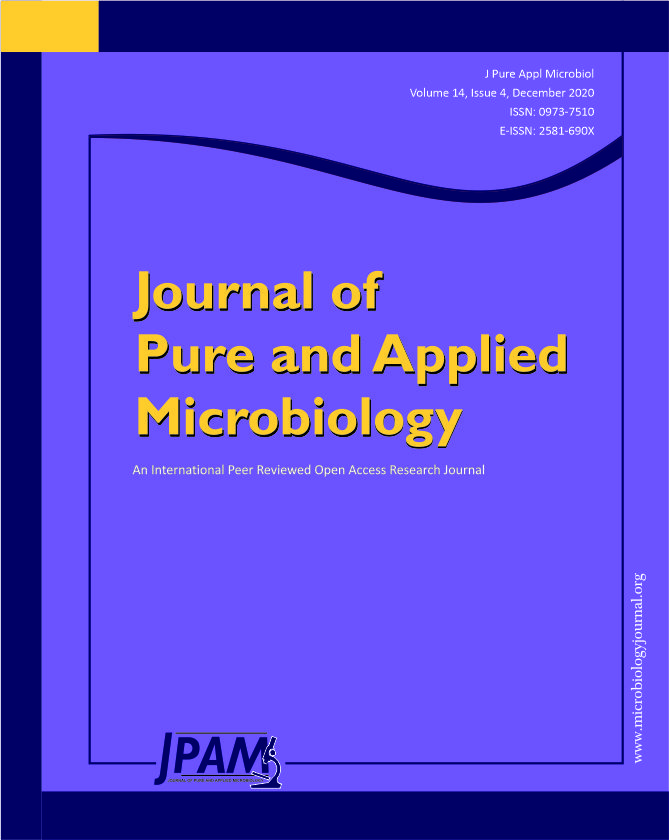Cyanobacteria, the major photosynthetic organisms, cover a large surface area of this planet. These organisms, being photosynthetic, have the capacity for sequestration of atmospheric carbon dioxide, a significant greenhouse gas that causes global warming. In this work, we have collected, developed pure culture, and identified 25 cyanobacterial species from semi arid agricultural rice fields of western Odisha with the high-temperature environmental setting. The purpose was to screen the cyanobacteria that can survive and grow at high temperatures with high photosynthetic efficiency. Cyanobacteria belong to genera Nostoc, Anabaena, Calothrix, and Hapalosiphon are observed to survive at 45°C. Among the cyanobacterial species, Anabaena iyengarii 17-SKD-2014 was found to exhibit higher growth, protein content, photosynthetic pigments, and photosynthetic O2 evolution at 45°C in comparison to other cyanobacterial isolates. Further, this cyanobacterium was grown at 50°C to analyze the cellular viability, and only up to ninth day incubated culture could recover from high-temperature stress after transferring to 25°C. Even though this indigenous cyanobacterial species failed to survive at 50°C in the laboratory conditions beyond a time limit, but this could be biotechnologically manipulated for effective carbon dioxide sequestration contributing to minimization of global warming.
Cyanobacteria, Anabaena, stress, photosynthesis
© The Author(s) 2020. Open Access. This article is distributed under the terms of the Creative Commons Attribution 4.0 International License which permits unrestricted use, sharing, distribution, and reproduction in any medium, provided you give appropriate credit to the original author(s) and the source, provide a link to the Creative Commons license, and indicate if changes were made.


